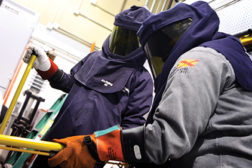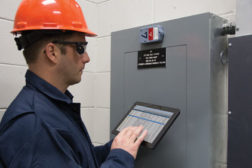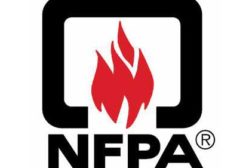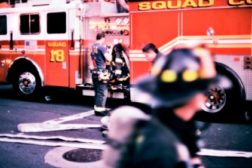Home » Keywords: » National Fire Protection Association
Items Tagged with 'National Fire Protection Association'
ARTICLES
2020 Top Standards: National Fire Protection Association (NFPA)
NFPA 652 standard on fundamentals of combustible dust
January 1, 2020
Making sense of NFPA 70E
A proactive approach to maintaining your electrical assets
January 1, 2020
NFPA studies fatal & non-fatal electrical injuries
Lessons learned the hard way
October 4, 2018
IEEE and NFPA arc flash project
Arc flash accidents are disproportionately fatal
June 10, 2013
Become a Leader in Safety Culture
Build your knowledge with ISHN, covering key safety, health and industrial hygiene news, products, and trends.
JOIN TODAYCopyright ©2024. All Rights Reserved BNP Media.
Design, CMS, Hosting & Web Development :: ePublishing








